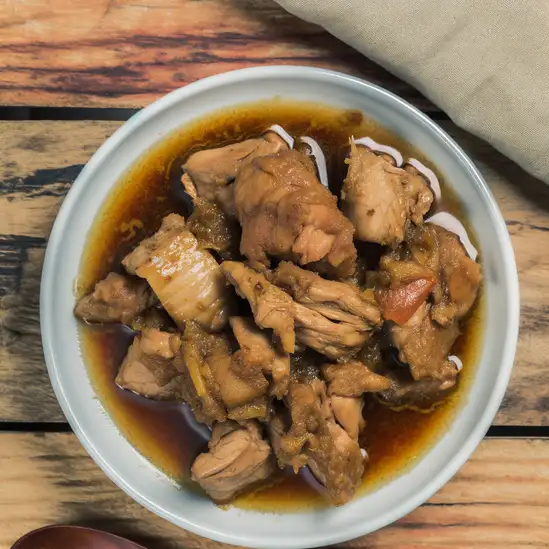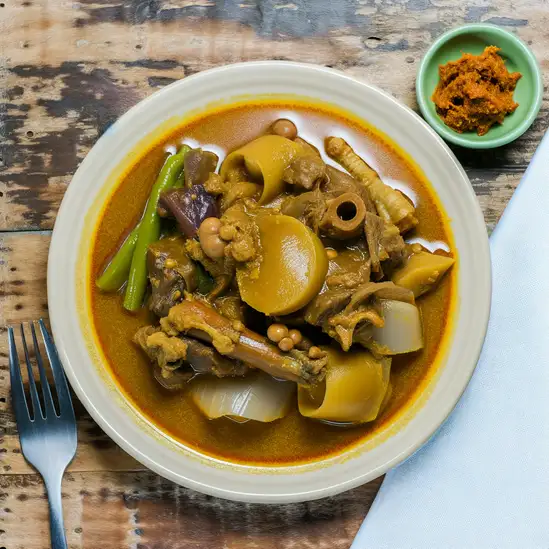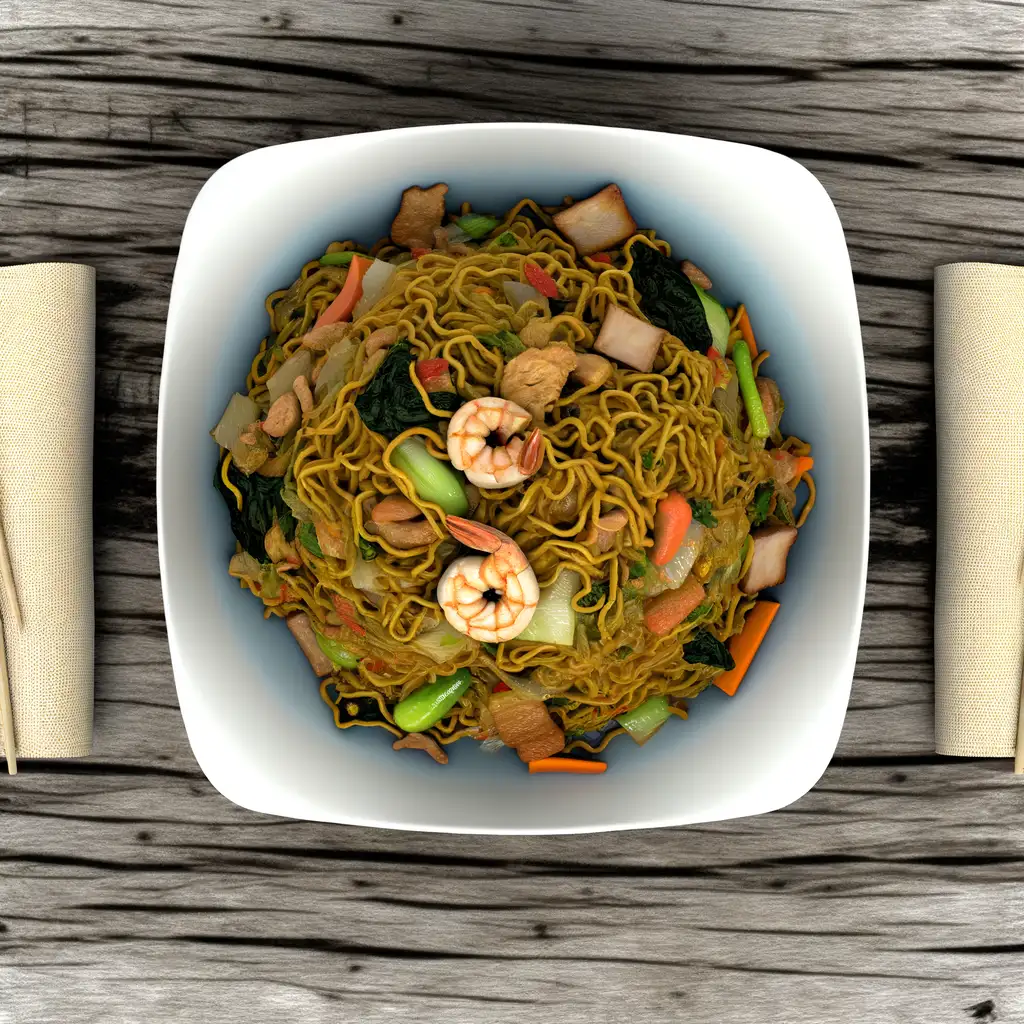



If you find yourself wandering through Ermita,it’s like stepping into a lively tapestry where history and modern life dance side by side. The moment you arrive,there’s this unmistakable buzz—street vendors calling out their wares,the scent of grilled street food mingling with the salty breeze from Manila Bay,and the hum of jeepneys weaving through the busy streets. It’s a place where the old colonial buildings wear their age with pride,standing tall next to vibrant murals and quirky cafes that invite you to pause and soak it all in. What really makes Ermita special is its heartbeat—a mix of locals and travelers,artists and students,all sharing this urban playground. You can stroll along the baywalk at sunset,feeling the cool breeze brush your skin while the sky bursts into shades of pink and orange. Nearby,the lively nightlife spills out from cozy bars and live music spots,where you can sip on a cold San Miguel and listen to the rhythms of the city come alive. And the food! Ermita’s streets are a feast for your senses. From the tangy kick of a freshly made halo-halo to the savory aroma of adobo simmering in small eateries,every bite tells a story. It’s a neighborhood that invites you to slow down,explore its layers,and discover the warmth of its people. Trust me,Ermita isn’t just a place you visit—it’s a place you feel.
The information on this page is currently being reviewed by Tripkliq and should be used as a guide only
Eng word: Hello
Eng pronunciation: Kah-moo-stah
Local language: Kamusta
Eng word: Goodbye
Eng pronunciation: Pah-ah-lahm
Local language: Paalam
Eng word: Thank you
Eng pronunciation: Sah-lah-maht
Local language: Salamat
Eng word: How much
Eng pronunciation: Mahg-kah-noh
Local language: Magkano
Eng word: Toilet
Eng pronunciation: Bahn-yo
Local language: Banyo
Eng word: Help me
Eng pronunciation: Too-loo-ngahn moh ah-koh
Local language: Tulungan mo ako
Eng word: Yes
Eng pronunciation: Oh-oh
Local language: Oo
Eng word: No
Eng pronunciation: Hin-deh
Local language: Hindi
Eng word: Excuse me
Eng pronunciation: Pah-oo-mahn-hin
Local language: Paumanhin
Ermita was established in the late 16th century by Spanish missionaries. It was originally a small fishing village before becoming a bustling district in Manila.
The Ermita Church, also known as the Archdiocesan Shrine of Our Lady of Guidance, was built in 1606. It is one of the oldest churches in Manila and houses the revered image of Nuestra Señora de Guia.
During the American colonial period, Ermita became a prominent residential area for American expatriates and Filipino elites, contributing to its development and modernization.
Rizal Park, also known as Luneta Park, is located in Ermita. It is a historical urban park where the national hero, Dr. Jose Rizal, was executed in 1896. The park is a major tourist attraction and a place of historical significance.
Ermita is home to the National Museum Complex, which includes the National Museum of Fine Arts, the National Museum of Anthropology, and the National Museum of Natural History. These museums showcase the rich cultural and historical heritage of the Philippines.
Opened in 2008, Manila Ocean Park is a marine-themed park located in Ermita. It features a variety of marine life exhibits, interactive attractions, and educational programs, making it a popular destination for families and tourists.
Roxas Boulevard, which runs through Ermita, is a famous waterfront promenade known for its stunning views of Manila Bay, especially during sunset. It is lined with hotels, restaurants, and cultural landmarks.
The historic Manila Hotel, located in Ermita, was established in 1912. It has hosted numerous notable guests, including General Douglas MacArthur, and remains a symbol of luxury and heritage in the city.
The Cultural Center of the Philippines (CCP), located near Ermita, was established in 1969. It serves as the premier venue for showcasing Filipino arts and culture, including theater, music, dance, and visual arts.
In Ermita, the most common Power Adaptor is Type A, Type B.



A savory dish made with meat, usually chicken or pork, marinated in vinegar, soy sauce, garlic, and spices, then slow-cooked until tender.

A sour soup typically made with tamarind, tomatoes, and various vegetables, often cooked with pork, shrimp, or fish.

A whole roasted pig, known for its crispy skin and tender meat, often served during special occasions and celebrations.

A rich and hearty stew made with oxtail, tripe, and vegetables, cooked in a thick peanut sauce, often served with bagoong (fermented shrimp paste).

A popular dessert made with crushed ice, sweetened fruits, jellies, and topped with leche flan and ube ice cream, perfect for the tropical heat.

A stir-fried noodle dish that comes in various forms, often mixed with vegetables, meat, and seafood, symbolizing long life.

Filipino spring rolls filled with ground pork, vegetables, and spices, deep-fried until golden and crispy, commonly served as an appetizer.
Imagine stepping into a place where history hums through the streets and the ocean breeze carries the scent of salty adventure—that’s Cebu City for you. The moment you arrive,there’s this lively energy that wraps around you,a mix of old-world charm and modern buzz. You’ll find yourself wandering through colorful markets where the chatter of vendors blends with the aroma of freshly grilled street food—think sweet,smoky lechon sizzling over coals,tempting you at every corner.
Cebu’s character is a beautiful blend of the past and present. Ancient Spanish forts and centuries-old churches stand proudly alongside sleek cafes and vibrant street art. The city pulses with warmth,not just from the tropical sun but from the people who greet you with genuine smiles and stories. At night,the streets light up with music and laughter,and you can almost taste the festive spirit in the air.
What really makes Cebu unforgettable is how it feels alive in every sense. You can hear the waves crashing nearby,see the colorful jeepneys weaving through traffic,smell the tropical fruits at the market,and feel the warmth of the sun on your skin as you explore. It’s a place where culture,history,and everyday life blend seamlessly,inviting you to dive in and experience its vibrant soul firsthand.
If you ever find yourself craving a place where nature’s calm meets a laid-back island spirit,Puerto Princesa is where you want to be. The moment you step off the plane,there’s this warm,salty breeze that wraps around you,carrying the faint scent of the sea and tropical blooms. It’s a city that doesn’t rush — people move with a gentle rhythm,and the streets hum softly with the chatter of locals and the occasional strum of a guitar from a nearby café. It feels like a breath of fresh air,both literally and figuratively.
What really makes Puerto Princesa stand out is its deep connection to nature. The famous Underground River is just the beginning — lush mangroves,crystal-clear waters,and vibrant coral reefs surround the city,inviting you to explore. You can hear the calls of exotic birds in the morning and watch fishermen bring in their catch as the sun dips low,painting the sky in shades of pink and orange. The food scene here is a delightful surprise too — fresh seafood grilled right on the beach,sweet tropical fruits bursting with flavor,and local dishes that tell stories of the sea and the land.
But beyond the sights and tastes,it’s the people who make Puerto Princesa unforgettable. Their warmth and genuine smiles make you feel like you’re not just visiting,but truly welcomed. Whether you’re wandering through the bustling market or sharing a laugh with a vendor,there’s a sense of community that lingers long after you leave. It’s a place that invites you to slow down,soak in the simple joys,and leave with a heart full of stories.
If you ever find yourself wandering through the heart of Bohol,Tagbilaran City greets you with a warm,unhurried rhythm that feels like a gentle hug after a long journey. The city hums with life—not the overwhelming buzz of a metropolis,but a lively,welcoming energy where jeepneys rattle by and street vendors call out their fresh fruit and local snacks. As you stroll along the waterfront,the salty breeze carries the faint scent of grilled seafood mingling with tropical flowers,inviting you to slow down and savor the moment.
Tagbilaran’s charm lies in its blend of old and new. You’ll catch glimpses of Spanish-era churches standing proudly beside colorful markets where locals barter over ripe mangoes and sticky rice treats. The city’s pulse is deeply tied to its people—friendly,easygoing,and proud of their heritage. At night,the streets light up with laughter and music spilling from small eateries where you can taste the rich flavors of Boholano cuisine,like the sweet,tender kalamay or freshly caught fish cooked with coconut milk.
What really stays with you is the city’s sense of community and its connection to the sea. Whether you’re watching fishermen haul in their catch at dawn or joining a lively fiesta,Tagbilaran feels like a place where stories are shared over steaming cups of coffee and where every corner invites you to discover a new layer of its soul. It’s not just a stopover—it’s a place that quietly pulls you in and makes you want to stay a little longer.
If you ever find yourself dreaming of a place where the sea feels like a warm embrace and the air carries the scent of salt and tropical blooms,El Nido is that kind of magic. From the moment you step off the boat or wander through its laid-back streets,there’s this undeniable calm mixed with a spark of adventure. The limestone cliffs rise dramatically from turquoise waters,creating a playground of hidden lagoons and secret beaches that seem almost too beautiful to be real. You’ll hear the gentle lapping of waves,the distant chatter of fishermen,and the occasional call of tropical birds,all blending into a soothing soundtrack that makes you want to slow down and just breathe it all in.
The town itself pulses with a warm,welcoming energy. Locals greet you with genuine smiles,and the small cafes and eateries invite you to savor fresh seafood grilled right in front of you,bursting with flavors that tell stories of the sea. At night,the sky turns a deep velvet,and the stars feel close enough to touch,while the soft hum of acoustic guitars drifts from beach bars. It’s a place where time seems to stretch,letting you lose yourself in the rhythm of island life.
What makes El Nido truly special is how it balances raw natural beauty with a vibrant,heartfelt culture. Whether you’re kayaking through crystal-clear waters,hiking up to panoramic viewpoints,or simply sipping a cold drink while watching the sunset paint the sky in fiery hues,El Nido invites you to connect—with nature,with people,and with a sense of wonder that stays with you long after you leave.
If you ever find yourself craving a place where vibrant city life meets the gentle embrace of nature,Davao City is where you want to be. The moment you step off the plane,there’s this warm,welcoming energy that wraps around you—like the city itself is inviting you to slow down and savor every moment. The air carries a subtle mix of tropical blooms and the faint,salty hint of the nearby sea,while the streets buzz with a friendly hum of jeepneys and chatter in a melody of languages.
Walking through Davao,you’ll notice how the city wears its culture proudly. From the colorful street markets where vendors call out their fresh fruits and local delicacies,to the intricate weaves and crafts that tell stories of indigenous tribes,there’s a deep respect for heritage here. And the food? Oh,the food! Imagine biting into a juicy durian (if you’re brave enough),or savoring grilled tuna so fresh it practically melts in your mouth,all while sipping on a sweet,refreshing calamansi juice.
What really sets Davao apart is its balance—towering mountains and lush parks sit just a short drive from bustling urban spots. You can spend your morning hiking up Mount Apo,the Philippines’ highest peak,then wind down with a stroll along the riverwalk as the sun dips low,painting the sky in shades of orange and pink. It’s a city that feels alive but never rushed,where every corner invites you to explore,taste,and connect.
If you ever find yourself craving a place where history hums softly alongside the buzz of everyday life,Iloilo City is where you want to be. The moment you step into its streets,there’s this warm,inviting energy—like the city is gently nudging you to slow down and savor its stories. You’ll notice the colonial-era buildings standing proudly beside modern cafes,their facades telling tales of centuries past. The air carries a subtle mix of salty sea breeze and the sweet aroma of freshly baked pan de sal,making every morning feel like a comforting embrace.
Walking through Iloilo,you’ll hear the lively chatter of locals,the clinking of glasses in cozy eateries,and the distant strum of guitars from street performers. The city’s character shines brightest in its festivals,especially the Dinagyang,where vibrant costumes and rhythmic drums fill the streets with infectious joy. But even on quieter days,the genuine smiles of Ilonggos and their easygoing hospitality make you feel like you’ve found a second home.
And then there’s the food—oh,the food! From the rich,savory batchoy served steaming hot in humble noodle shops to the sweet,creamy taste of fresh mangoes,every bite is a celebration of local flavors. Iloilo isn’t just a place to visit; it’s a place to experience,where every corner invites you to pause,breathe,and fall a little in love with its soul.
Tourists are lured into bars or clubs and later presented with inflated bills, sometimes with hidden charges.
Scammers pose as representatives of charities and ask for donations, which do not go to any legitimate cause.
Scammers offer attractive exchange rates but give counterfeit or incomplete currency in return.
Unlicensed individuals offer their services as tour guides but provide little value or lead tourists to overpriced shops for commissions.
Scammers approach tourists, tie a bracelet on their wrist, and then demand payment for it.
Drivers refuse to use the meter and charge exorbitant rates, especially for tourists unfamiliar with local fares.
Thieves target tourists in crowded areas, using distractions to steal wallets, phones, or bags.
Tourists are offered drinks that are drugged, leading to theft or other crimes while they are incapacitated.
Individuals, often with children, approach tourists with emotional stories to solicit money, which may be part of an organized scam.
Tourists are invited to participate in rigged street games, losing money to skilled scammers.
The Philippines has very strict drug laws under the Comprehensive Dangerous Drugs Act of 2002 (Republic Act No. 9165). Possession, use, and trafficking of illegal drugs are severely punished, with penalties ranging from long-term imprisonment to the death penalty in extreme cases. Tourists should avoid any involvement with illegal drugs to avoid severe legal consequences.
In Ermita, Manila, smoking is regulated under the Tobacco Regulation Act of 2003 (Republic Act No. 9211). Smoking is prohibited in public places such as schools, hospitals, public transportation terminals, and government offices. Designated smoking areas are allowed but must be compliant with specific guidelines. Violators can face fines and other penalties.
Vaping is regulated similarly to smoking under the same Tobacco Regulation Act and additional local ordinances. The use of e-cigarettes is prohibited in public places where smoking is banned. Designated vaping areas may be available, but users should be cautious and aware of local rules to avoid penalties.
What are other people saying about Ermita?
Recent Social posts about Ermita
There is nothing to show you for now.